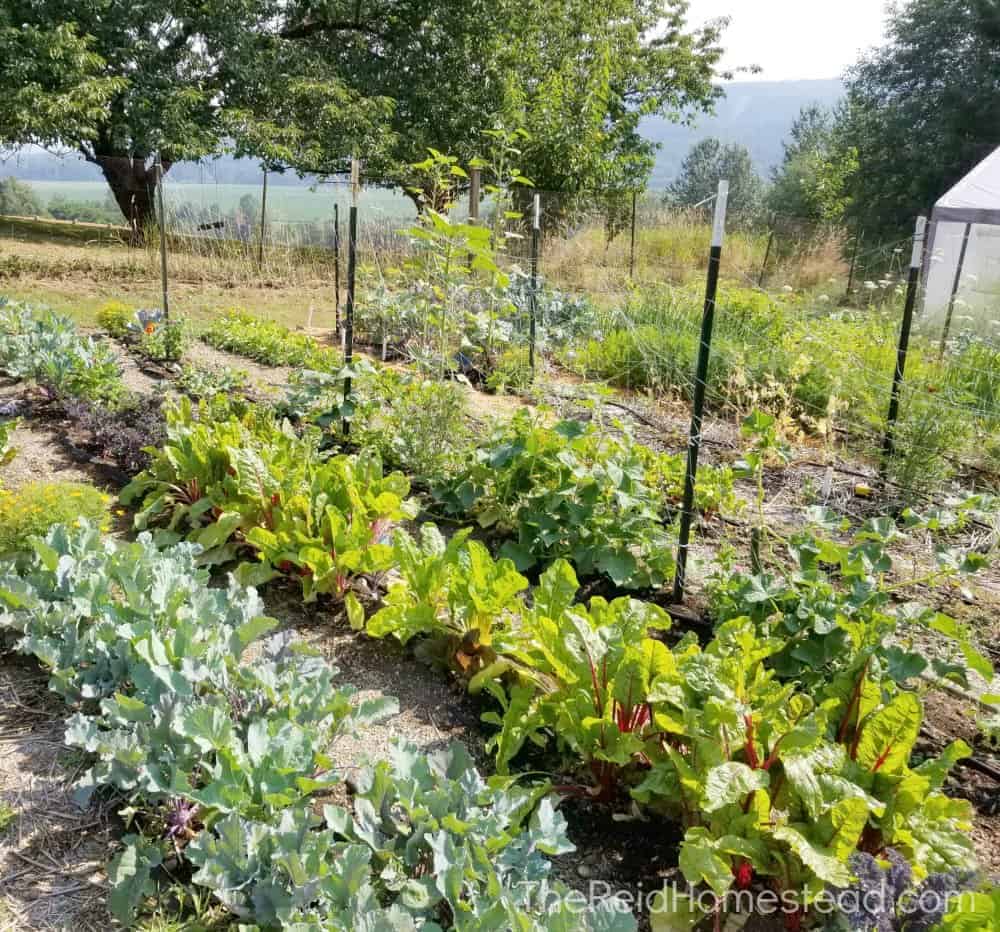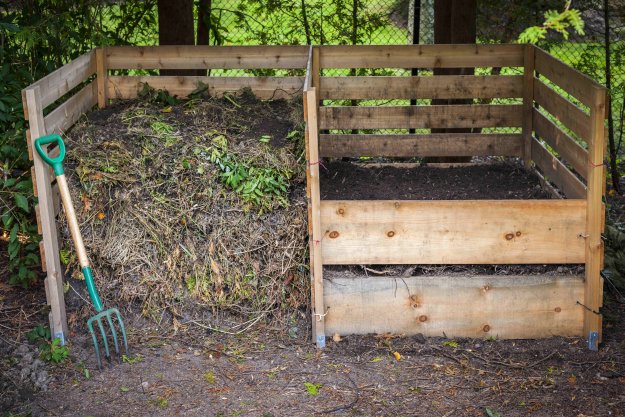Essential Tips for Homestead Gardening at Home
Essential Tips for Homestead Gardening at Home
Blog Article
Discover the Keys to Developing a Productive and gorgeous Horticulture Area
Producing a productive and stunning horticulture area is not just a matter of planting veggies and flowers; it calls for a tactical method that incorporates various important elements. From picking the right place based on sunshine and soil kind to thoughtfully designing your format and selecting appropriate plants, each choice plays a critical role in the success of your garden.
Selecting the Right Location
Picking the perfect area for your yard is critical to its success and overall aesthetic allure. The primary step in this procedure involves evaluating sunshine exposure, as the majority of plants need a minimum of six hours of direct sunlight daily (Homestead Gardening). A south-facing yard typically gets the most light, while shaded areas can hamper growth and flowering
In addition, take into consideration soil top quality and water drainage. Well-draining soil is necessary to prevent water logged roots, which can result in plant conditions. Carrying out a soil test can offer beneficial details regarding pH levels and nutrient material, allowing you to amend the soil appropriately.
Furthermore, proximity to water resources is one more element to consider - Homestead Gardening. Having easy access to a hose or watering system can streamline the watering process and motivate regular plant care. Wind security is additionally essential; positioning your garden near frameworks, such as fences or wall surfaces, can shield it from extreme winds that might damage delicate plants
Finally, consider availability for upkeep and harvesting. A well-placed yard permits practical access, guaranteeing that you can quickly often tend to your plants without creating unnecessary stress or disruption. Thoughtful location option lays the foundation for a thriving yard.
Picking Plants Intelligently
When choosing plants for your garden, it's important to consider factors such as climate, soil problems, and personal preferences to make sure a harmonious and effective area. A detailed understanding of your neighborhood environment will assist you in picking plants that prosper in your details setting. Picking drought-resistant selections is useful in dry regions, while moisture-loving species might be a lot more suitable for areas with high rainfall.
Soil problems are equally vital; performing a soil test can reveal pH levels and nutrient web content, permitting you to pick plants that will thrive. Native plants are frequently an exceptional option, as they are normally well-adapted to regional dirt types and require much less maintenance.
In addition, consider your gardening objectives. Are you intending for a decorative display screen, a vegetable garden, or perhaps a combination of both? This will influence your selections dramatically. Last but not least, review your individual choices-- selecting plants that reverberate with your visual preferences will certainly improve your satisfaction and commitment to preserving your garden. By meticulously assessing these factors, you can create a growing and diverse plant choice that boosts your gardening experience.
Designing Your Yard Design
With an attentively selected plant choice in hand, the next action is to create a garden layout that optimizes both elegance and functionality. Begin by analyzing the readily available space, thinking about aspects such as color, sunlight, and wind patterns. A tactical layout must integrate different zones, including areas for planting, pathways, and possibly seating.
Start with larger plants or prime focus, such as trees or tall perennials, placed purposefully to create visual interest. Layer smaller plants ahead to boost depth and texture. Think about the development habits of your chosen plants; taller selections need to be placed at the back or facility of beds, while shorter ones can line the edges.
Incorporating paths not only helps with access for upkeep yet also invites expedition. Use materials that match the yard's general aesthetic, whether gravel, wood, or stone chips.
In addition, consider seasonal modifications and how your format will certainly look throughout the year. Including evergreens alongside seasonal flowers can ensure year-round appeal. Eventually, a well-designed yard layout integrates the all-natural appeal of plants with practical factors to consider, leading to a room that is both welcoming and productive.
Enhancing Soil Wellness

To boost dirt wellness, begin by performing a soil examination to examine pH degrees, nutrition web content, and dirt appearance. This will certainly inform your changes. Integrate natural matter such as compost, well-rotted manure, or leaf mold and mildew to enhance he has a good point dirt structure, water retention, and microbial activity. In addition, practicing plant rotation can protect against nutrient deficiency and reduce insect and illness pressures.
Mulching is one more reliable approach; it not only preserves dampness but likewise subdues weeds and gradually enhances the dirt as it damages down. Avoiding extreme husbandry is crucial, as it can interfere with dirt framework and damage advantageous microorganisms. Rather, take on no-till or very little tillage practices to maintain soil honesty.

Maintaining Your Yard Efficiently
A well-maintained garden provides pride and productivity, needing constant interest to ensure that plants flourish and the landscape stays welcoming. Efficient yard maintenance involves numerous essential methods that boost the health and wellness of your plants and the overall aesthetic of your space.
Routine watering is vital; however, it is crucial to tailor your watering timetable based upon the particular needs blog of your plants and regional climate conditions. Mulching can help retain wetness, subdue weeds, and control dirt temperature. Prompt weeding stops competitors for resources and nutrients, making certain that your plants flourish.
Pruning is an additional vital job. It motivates healthy and balanced growth, gets rid of diseased or dead branches, and shapes plants to keep an enticing structure. In addition, keeping track of for illness and pests is important; early discovery and treatment can save your plants from substantial damages.
Fertilizing needs to be performed attentively, using natural options whenever possible to promote long-term soil wellness. Lastly, seasonal jobs such as growing, separating perennials, and getting ready for winter months will certainly guarantee your garden stays lively year-round. By complying with these techniques carefully, you can cultivate a garden that is both effective and beautiful.
Conclusion
In final thought, the development of a stunning and efficient horticulture space needs mindful factor to consider of a number of visit this website key aspects. Picking a proper area with adequate sunshine, choosing suitable plants, making a cosmetically pleasing format, boosting dirt health, and ensuring normal upkeep are necessary parts. By integrating these practices, one can cultivate a flourishing garden that not only enhances the landscape but additionally advertises environmental balance and sustainability. Such an approach ultimately leads to a gratifying horticulture experience.
From selecting the right location based on sunshine and dirt kind to attentively creating your layout and picking appropriate plants, each decision plays a crucial function in the success of your yard. Well-draining soil is important to prevent waterlogged roots, which can lead to plant diseases.When selecting plants for your garden, it's crucial to take into consideration aspects such as climate, soil problems, and individual choices to make sure a harmonious and productive area. Eventually, a well-designed yard design integrates the natural appeal of plants with sensible considerations, resulting in an area that is both welcoming and effective.

Report this page